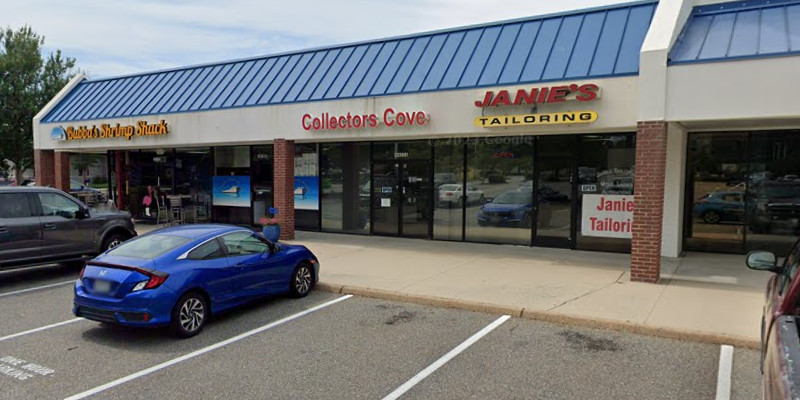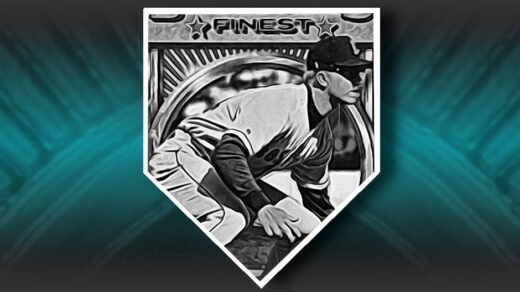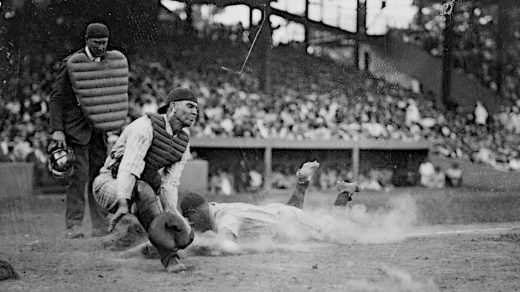I don’t go to many baseball card shops. When I do, I keep a mental “card shop bingo card” in my head to keep the visit entertaining if the store proves disappointing. Can I find any faded 8×10’s in wood frames with nameplates made by a local trophy shop? Double digit price tags on off-center junk wax Griffey rookies in the display case? Eye-twitch inducing signs on a wax telling customers to look for rookie cards that actually came out a year earlier? An owner battling cognitive dissonance over sinking way too much capital into a poorly thought out business? If the shop doesn’t put a smile on my face I can at least walk out with a smirk.
I don’t have a great track record with finding good card shops. Part of it is that my idea of what makes the most enjoyable hobby outlet comes nowhere close to the characteristics that produce a consistently profitable one. Another aspect is that I am after information as much as I am after cards. The really in-depth conversations I prefer about a particular card’s history don’t translate well to most of the shop owners I have met. The most knowledgeable proprietors I have encountered have not had the longevity necessary to accumulate the level of detail I seek, and the difficulty of keeping the lights on in this industry mean very few will be able to stick with it long enough to gain that tenure.
It is against this backdrop that I recently found myself weighing whether or not to visit a newly discovered card shop. The weather was fantastic and I wanted nothing more than to sit outside and flip through some baseball cards. I searched online to see if there were any nearby card shows (nope) and then turned my attention to card shops within a manageable drive. I came across one that I had not heard of before and set out for their location minutes from the battlefields of Yorktown.
Collectors Cove
I pulled into a strip mall parking lot and was greeted by an “open” sign and a propped open front door. Inside, both walls were lined with glass display cases and accompanied by wire shelving on the walls. I made a mental note of the well-stocked shelves of top loaders and other storage products on a shelf near the front. Next to that was a case full of the most recent Topps wax boxes, followed by several showcase displays with multiple cardboard discount bins perched on top. Prices topped out at $5 on these boxes and had a good assortment of cards from the last 30 years.
Across the store’s single aisle were more showcases, this time topped with a binder of random cards from each of the three big sports and a handful of early ’90’s wax packs (e.g. ’94 Stadium Club, ’93 Fleer). Behind these stood shelves packed with junk wax-era factory sets. Showcases had manageable stacks of singles from each of the major sports and I happily noted the presence of vintage baseball in one of them. A single display of Pokemon rounded out the visible inventory on this side of the storefront.
At this point the man running the store wrapped up a video call and stepped out to greet me. He asked if there was anything in particular I was looking for and I decided to go straight to the most wanted card on my list. Though the inventory in the display cases had not given any encouragement, I asked if he had a 1993 Finest Don Mattingly Refractor. His answer was a quick no, but it was accompanied by an incredible laugh and the comment that such a card was truly a needle in a haystack.
Checking to see if anything else could be added to my core collection, I asked more broadly if he had in any baseball from the 1950s. He pointed to a couple 1954 Red Hearts in the corner of a showcase but said he usually can’t keep anything from that period in stock as it sells out as soon as it gets displayed. We talked a bit more and I got the impression that, like many dealers, he struggles to consistently source and replenish classic vintage inventory. The good news is the cards he did have in stock seemed to have very reasonable pricing. Every single sticker looked fair to me. Further conversation revealed the shop had apparently been offering cards like this for about a decade and I had missed it every time I passed through town.
I asked what was in a stack of factory sets he had piled near a computer in the back, and he told me this was part of a recent acquisition he had made and that he was just now getting a chance to look through it. I returned to the rack of ’90s sets that had already been priced along one of the shop’s long walls. One of these would do just as well as a random wax box and I wouldn’t have to deal with any duplicates. I selected a sealed set of 1997 Collector’s Choice for $15. I actually dropped it on the way out the door, dinging one of the box corners on the floor. It didn’t matter, I was pleased with the purchase.
I cannot adequately put into words just how happy and pleasant this card shop guy was. He knew his cards, and importantly, knew his inventory. The selection was (understandably) light in the areas of my focus but the reasonableness of junk wax pricing more than made up for it on a warm weekend afternoon. The two previous card shops I had visited offered 1989 Donruss packs for $5 a piece, asked $15 for a 1991 Topps Chipper Jones rookie, and said $40 was the going rate for mid-grade 1952 Topps commons. Unlike those outlets, I’ll be back visiting this shop again.
Cards at the Park
Not far from this store lies a large, wooded park with great views of surrounding lakes. I know it well from scouting trips I used to make to the area and headed in that direction with my new cards. Visiting the park’s ranger station first to pick up snacks, I carried the new box of cards down to a pier overlooking the water and set to work.
After opening the box I found the set included 10 jumbo cards in addition to the 506-card base set. The jumbos are part of the 20-card Premier Power Silver Signature set, an enlarged version of standard size inserts that could be found in Series One packs. While I ended up with half the jumbo set, I distinctly got the impression that I had received all the good cards possible. My cards included Bonds, Griffey, McGwire, A-Rod, Gonzalez, Thomas, and Piazza. Apparently, all the Brady Anderson, Vinny Castilla, and Ken Caminiti cards wound up in someone else’s box.
Setting the jumbos aside and getting into the bulk of the cards, I inspected the condition of the set. There was no bricking of card surfaces, though the high gloss was just tacky enough to make sifting through the cards a time intensive process. Several cards had bent corners from the drop I inflicted on my way out of the shop. Centering was mixed, with no major issues but a fairly persistent top/bottom imbalance for about a quarter of the cards. A similar ratio had a very slight rough cut along the bottom border.
Collector’s Choice was Upper Deck’s budget brand in the mid-1990s, and by extension, one of my favorites to open during the era. Aside from price, what made the cards stand out was a focus on photography and a penchant for inserting goofy images whenever possible. For example, there are 13 different pitchers depicted batting and a 14th shown running the bases.
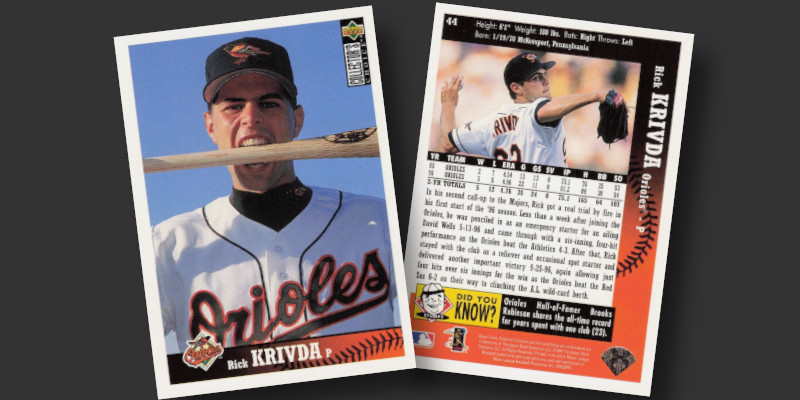
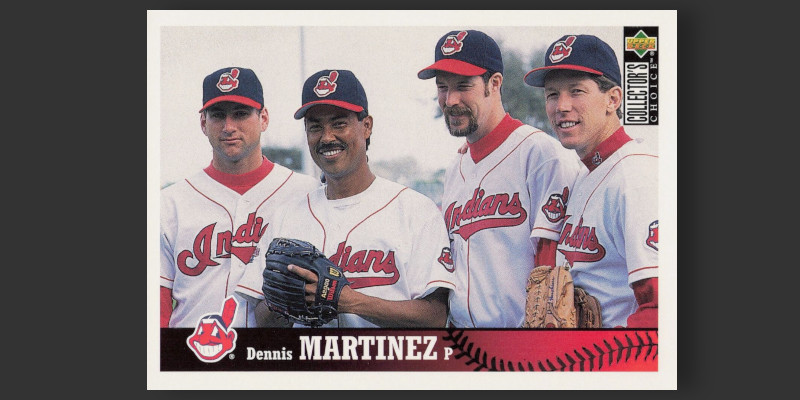

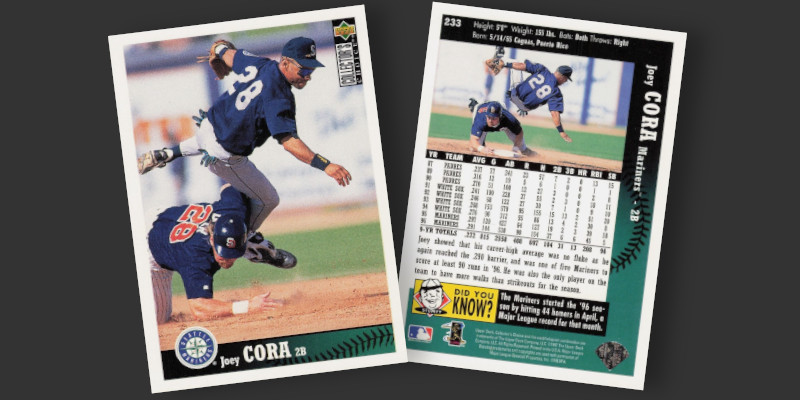
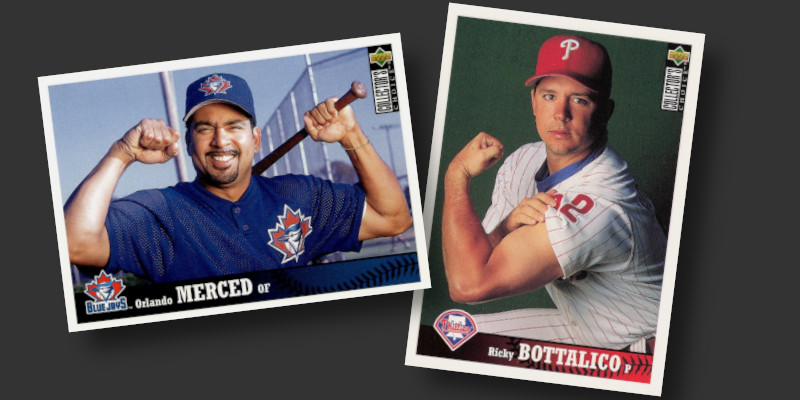
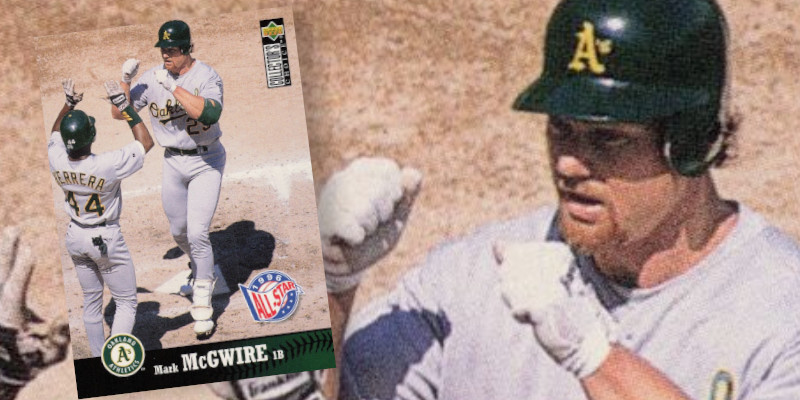
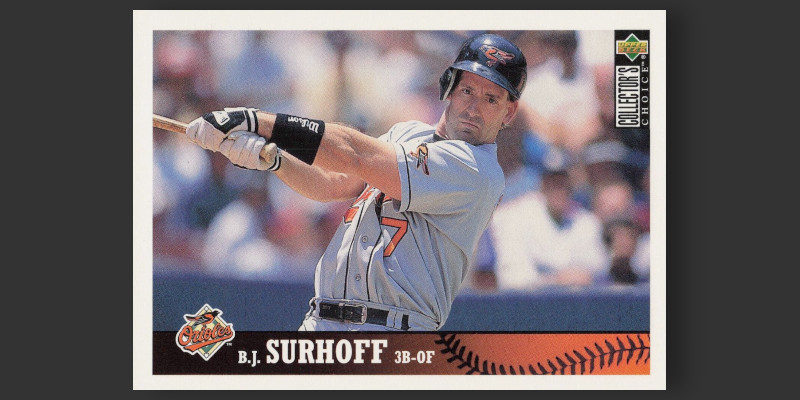

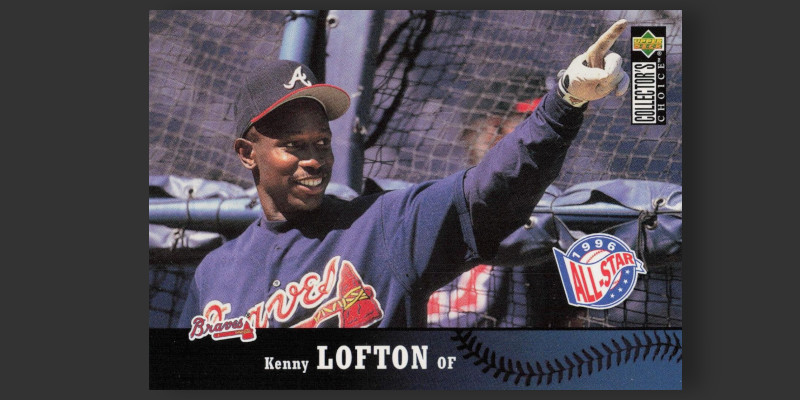
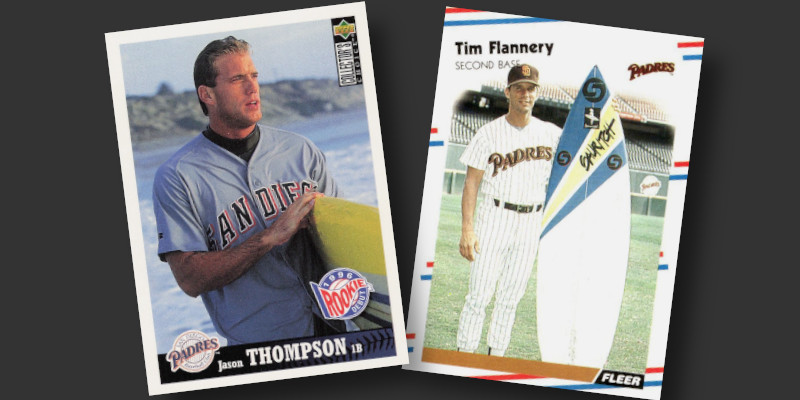

I lost count of how many times different players appeared in the set. Ken Griffey, Jr. is the star, and is probably on at least 10 different cards. The set’s 6 checklists each picture Griffey giving tips on how to build a baseball card collection. Jose Canseco was traded mid-season and appears with different teams on separate cards.
Return Trip Audio
Nonfiction audiobooks are my usual listening fare when I am on the road. However, my brain was still in relaxation mode after my afternoon in the park and I was not about to begin investing the necessary attention into a new title at this stage of the weekend. Instead, I opted for Matt Moynihan’s December interview with Collector’s CEO Nat Turner.
While the conversation took place a few months ahead of the big announcement of a PSA/SGC tie-up, there were nonetheless a few big topics that should have application across both brands. Turner seemed in favor of a combined set registry, though he cautioned any move in this direction would come after the firm’s limited software engineering resources finish rebuilding the architecture underpinning the current registry platform.
Secondly, PSA is ditching their current slabs in favor all new ones that will be 3D-printed on demand for each card. The advantage of this system will be cards having a much more secure fit and elimination of many of those annoying mylar sheets that accompany so many seemingly random cards. Moynihan and Turner talk at length about the back-office rationale that demystifies a decision that can appear arbitrary to collectors sitting at home.
There was good conversation covering PSA’s newest automation efforts. Turner stated that grading is not the primary focus of this initiative, but rather identification and counterfeit detection. Of note was Turner’s claim that the new system has a better track record at consistently identifying counterfeits than human eyes alone. He called out BGS by name as a grading service that had missed fakes that ended up in his personal collection. Those that have heard him speak about his personal collection know that he is intense about his cards and I think those cards BGS missed are a personal sore spot that he intends to address via PSA. Turner has other projects in mind but this will be the first area to see a total overhaul since he took charge.
The interview didn’t go much further into what those future plans may look like, and it certainly gave no hint of the PSA/SGC acquisition that would follow just a few months later. I think a lot of what we will see in PSA’s future lies in what the Nat Turner of the late 1990s and early 2000s wanted to see as a collector like the rest of us. I hope we get that.

